10 Believed Extinct Animals Still Alive
Mokele-mbembe
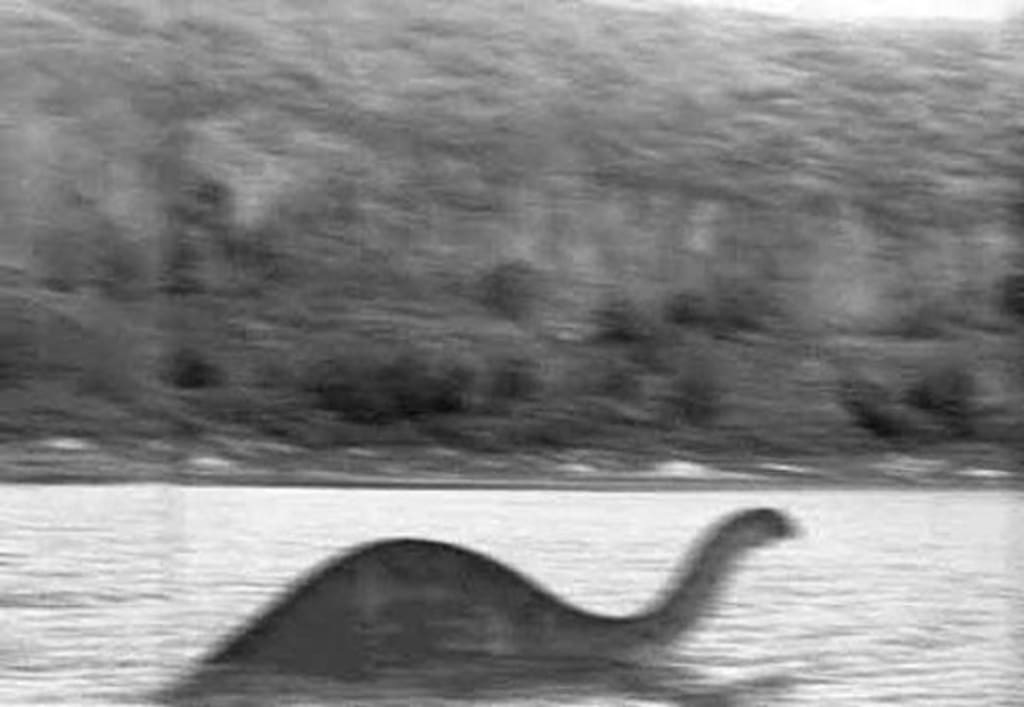
1., Black leopard:
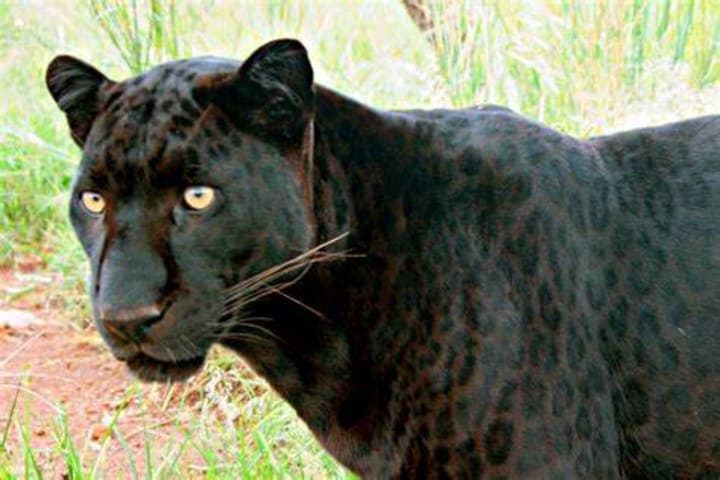
The black leopard, also known as the black panther, is not a separate species from its spotted counterpart. Rather, it is a melanistic variant of the leopard, which means it has an excess of dark pigment in its fur. Historically, black leopards were found throughout much of Africa, as well as parts of Asia.
Black leopards have been hunted for their distinctive fur for centuries. In ancient times, black leopard skins were prized as a symbol of status and power, and they were often worn by kings and other high-ranking individuals. Later, in the 19th and 20th centuries, black leopard skins became popular in the fashion industry, leading to widespread hunting of these animals.
In addition to hunting, black leopard populations have also been impacted by habitat loss. As human populations have grown and encroached on leopard habitats, the animals have been forced to adapt to new environments or perish.
Today, black leopards are rare, and their populations are fragmented. In some areas, they are thought to be extinct. However, there have been occasional sightings of black leopards in areas where they were thought to be extinct, suggesting that small, isolated populations may still exist.
Efforts are underway to protect and conserve black leopard populations. In some areas, hunting has been banned, and habitat restoration projects are underway. However, much more work needs to be done to ensure that these magnificent animals can survive and thrive in the wild.
2., Tasmanian tiger:
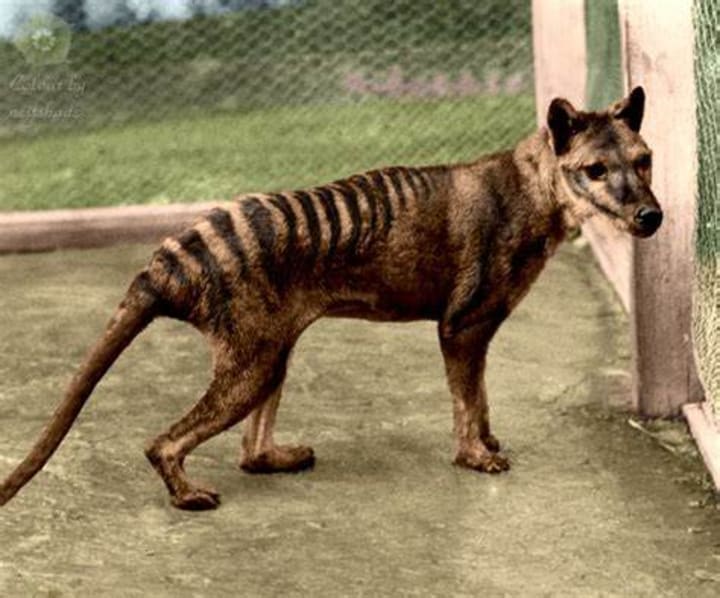
The Tasmanian tiger, also known as the thylacine, was a carnivorous marsupial that was once found in Australia and Tasmania. It was the largest known carnivorous marsupial of modern times, and its distinctive striped coat made it a unique and recognizable animal.
The Tasmanian tiger was first sighted by European explorers in the late 18th century, and it quickly became a target for hunters and trappers. The animal was hunted for its fur and for the perceived threat it posed to livestock. By the early 20th century, the Tasmanian tiger population had been severely depleted, and the last known wild Tasmanian tiger was killed in 1930.
Despite efforts to breed the animal in captivity, the last known Tasmanian tiger died in captivity in the Hobart Zoo in 1936. The extinction of the Tasmanian tiger is considered one of the greatest losses to Australia's natural heritage.
The reasons for the extinction of the Tasmanian tiger are complex, and include habitat loss, hunting, and disease. In addition, the introduction of non-native species, such as dogs and foxes, may have also contributed to the animal's demise.
Efforts are underway to try to bring the Tasmanian tiger back from extinction. Researchers are using DNA from preserved Tasmanian tiger specimens to try to clone the animal, although this is a complex and controversial process. Regardless of whether the Tasmanian tiger can be brought back to life, its extinction stands as a reminder of the importance of conservation and protecting our planet's biodiversity.
3., Baiji:

The baiji, also known as the Chinese river dolphin or Yangtze river dolphin, was a freshwater dolphin that was once found in the Yangtze River in China. It was one of the rarest and most endangered cetaceans in the world, and its extinction in 2006 marked the first extinction of a large mammal in over 50 years.
The baiji was first described by Western science in the late 19th century, and it quickly became a target for hunters and fishermen. The animal was hunted for its meat and for use in traditional Chinese medicine. In addition, the construction of dams and other water infrastructure projects in the Yangtze River disrupted the animal's habitat and made it difficult for the baiji to survive.
Efforts to protect the baiji began in the 1970s, and a number of conservation initiatives were launched in the following decades. However, these efforts were ultimately unsuccessful, and the last confirmed sighting of a wild baiji was in 2002. In 2006, an international team of scientists declared the baiji functionally extinct, meaning that it was no longer able to reproduce in the wild.
The extinction of the baiji was a devastating blow to conservation efforts in China and around the world. It is a stark reminder of the urgent need to protect endangered species and their habitats before it is too late. While it may be too late to save the baiji, efforts are ongoing to protect other endangered cetaceans, such as the vaquita and the Ganges river dolphin, and to prevent their extinction.
4., Japanese wolf:
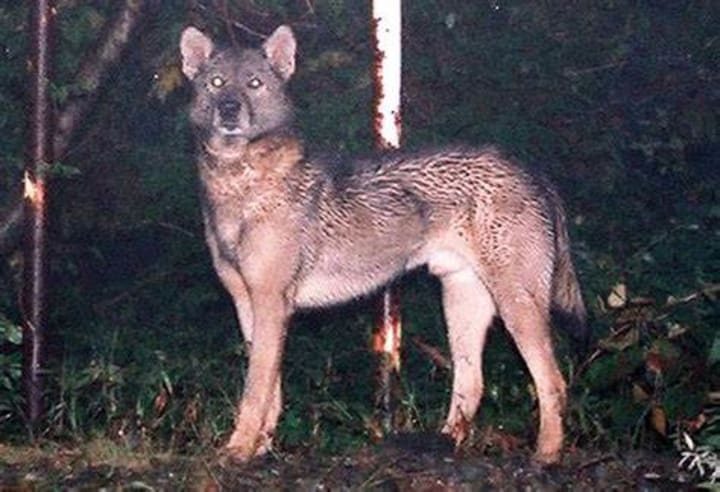
The Japanese wolf, also known as the Honshu wolf, was a subspecies of gray wolf that was native to Japan. It was once found throughout much of the country, but its population began to decline in the late 19th century due to hunting and habitat loss. The last confirmed sighting of a Japanese wolf in the wild was in 1905, and the animal was declared extinct in 2022.
The Japanese wolf played an important role in Japanese folklore and culture. It was often depicted in art and literature as a symbol of strength and loyalty, and it was believed to have supernatural powers. However, as human populations grew and expanded into wolf habitats, the animal began to be seen as a threat to livestock and human safety.
Efforts to protect the Japanese wolf were largely unsuccessful. In the late 19th and early 20th centuries, bounties were placed on the animal, leading to widespread hunting. In addition, deforestation and urbanization destroyed much of the wolf's natural habitat. By the early 20th century, the Japanese wolf was critically endangered, and by the mid-20th century, it was considered extinct in the wild.
Efforts to reintroduce the Japanese wolf have been proposed, but the feasibility of such a project is unclear. The animal's genetic material is available in museums and other collections, but reintroducing a species that has been extinct for over 100 years would be a complex and controversial undertaking.
The extinction of the Japanese wolf is a reminder of the fragility of our planet's biodiversity and the importance of conservation efforts. It is also a reminder of the need to balance human development and progress with the preservation of our natural heritage.
5., Mokele-mbembe:
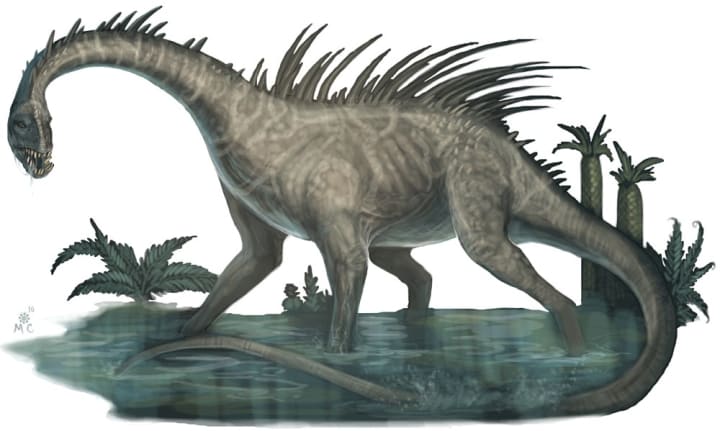
Mokele-mbembe is a legendary creature that is said to inhabit the Congo River Basin in Central Africa. The creature is often described as a large, long-necked, dinosaur-like animal that lives in the swamps and rivers of the region. Despite numerous expeditions and searches, there is no scientific evidence to support the existence of Mokele-mbembe.
The legend of Mokele-mbembe dates back centuries, and many local tribes in the region have stories and beliefs about the creature. European explorers and missionaries first heard of the legend in the late 19th century, and the creature became the subject of numerous expeditions and searches throughout the 20th century.
One of the most famous expeditions in search of Mokele-mbembe was conducted by Roy Mackal in the 1980s. Mackal led a team of scientists and researchers to the Congo River Basin to investigate reports of the creature. While the team found evidence of large, unknown animals living in the region, they were unable to find any conclusive evidence of Mokele-mbembe.
Despite the lack of scientific evidence, the legend of Mokele-mbembe continues to captivate the imaginations of people around the world. Some cryptozoologists and enthusiasts continue to search for the creature, and it remains a popular subject in popular culture and media.
While the existence of Mokele-mbembe may never be confirmed or disproven, the legend has become an important part of the cultural heritage of the Congo River Basin. It is a reminder of the rich biodiversity and cultural diversity of the region, and of the mysteries and wonders of the natural world.
6., Javan tiger:

The Javan tiger (Panthera tigris sondaica) was a subspecies of tiger that was native to the Indonesian island of Java. The Javan tiger was one of the smallest tiger subspecies and was known for its distinctive dark orange fur with narrow stripes.
The Javan tiger was once widespread across Java, and historical records suggest that it was present on the island as far back as the 4th century BC. However, the population of Javan tigers declined rapidly during the 19th and 20th centuries due to habitat loss and hunting. By the mid-20th century, the Javan tiger was on the brink of extinction, and the last known sighting of a wild Javan tiger was in 1972.
Efforts to protect the Javan tiger began in the early 20th century, with the establishment of protected areas on Java, such as the Ujung Kulon National Park. However, these efforts were largely unsuccessful in preventing the decline of the species, and the Javan tiger was officially declared extinct in 1994.
In recent years, there have been unconfirmed reports of sightings of the Javan tiger on Java, but these reports have not been verified. The Javan tiger remains an important symbol of Indonesia's natural heritage and a reminder of the need to protect endangered species and their habitats.
7., Ivory billed woodpecker:

The Ivory-billed woodpecker (Campephilus principalis) was one of the largest woodpecker species in the world, measuring up to 20 inches in length. It was once widely distributed throughout the southeastern United States and Cuba, but by the late 20th century, it was thought to be extinct due to habitat loss and hunting.
The first recorded sighting of the Ivory-billed woodpecker was by John James Audubon in the 1820s. Audubon described the bird as "the noblest of our Woodpeckers" and noted its distinctive black and white plumage and large bill.
In the early 20th century, the Ivory-billed woodpecker's habitat was rapidly disappearing due to logging and agriculture. By the 1930s, the bird was thought to be extinct in the United States, with only a small population remaining in Cuba.
In 1938, a small population of Ivory-billed woodpeckers was discovered in the Singer Tract in Louisiana, and the area was quickly declared a protected habitat. However, by the 1940s, the Singer Tract had been logged, and the Ivory-billed woodpecker was once again thought to be extinct.
In 2004, there were reports of Ivory-billed woodpecker sightings in Arkansas, and a search for the bird was launched. Despite extensive efforts, no conclusive evidence was found to confirm the bird's existence, and the Ivory-billed woodpecker remains one of the most elusive and controversial bird species in North America.
Today, the Ivory-billed woodpecker is considered critically endangered, and conservation efforts are underway to protect any remaining populations and their habitat. The bird remains an important symbol of the need to protect endangered species and their habitats.
8., Mexican grizzly bear:
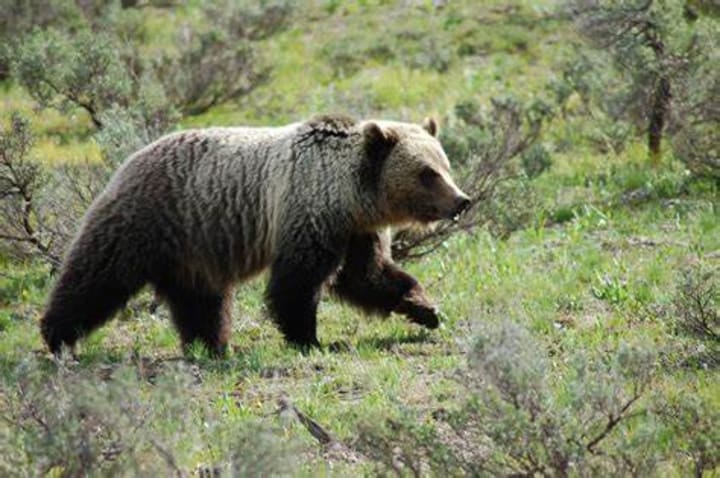
The Mexican grizzly bear (Ursus arctos horribilis) was a subspecies of grizzly bear that was once found throughout much of Mexico and the southwestern United States. The Mexican grizzly bear was one of the smallest subspecies of grizzly bear and was known for its distinctive golden-brown fur with grayish-white tips.
The Mexican grizzly bear was an important cultural symbol for many indigenous peoples in Mexico and the southwestern United States, who considered the bear to be a powerful and sacred animal. However, as European settlers began to expand into the region in the 19th and 20th centuries, the Mexican grizzly bear's population declined rapidly due to habitat loss and hunting.
The last known Mexican grizzly bear in the wild was killed in the Sierra Madre Occidental mountains of Mexico in 1960. However, there have been unconfirmed sightings of the bear in recent years, and there are ongoing efforts to reintroduce the species to the region.
In addition to habitat loss and hunting, the Mexican grizzly bear's decline was also due to the perception that the bear was a threat to livestock and human settlements. However, recent studies suggest that the bear's impact on livestock and humans was minimal, and that the bear played an important role in the region's ecosystems as a keystone species.
Today, the Mexican grizzly bear is considered extinct in the wild, and conservation efforts are focused on preserving the species' genetic material and reintroducing the bear to the region. The bear remains an important cultural and ecological symbol of Mexico and the southwestern United States, and a reminder of the need to protect endangered species and their habitats.
9., Japanese river otter:
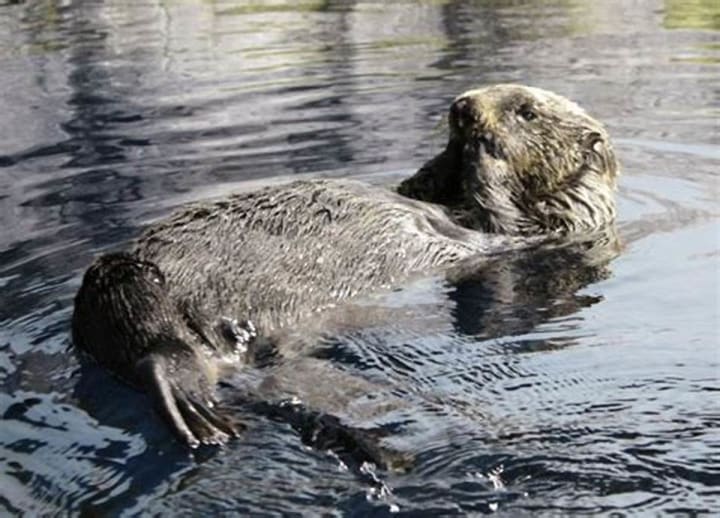
The Japanese river otter (Lutra lutra whiteleyi) was a subspecies of river otter that was native to Japan. The Japanese river otter was one of the smallest otter subspecies and was known for its distinctive dark brown fur with a lighter underbelly.
The Japanese river otter was once widely distributed throughout Japan's rivers and coastal areas, and was an important cultural symbol for many indigenous peoples in the region. However, by the 20th century, the Japanese river otter's population had declined rapidly due to habitat loss, pollution, and hunting.
The last confirmed sighting of a Japanese river otter in the wild was in 1979 on the island of Kyushu. Despite efforts to locate and protect the species, no further sightings were reported, and the Japanese river otter was officially declared extinct in 2012.
Efforts to protect the Japanese river otter began in the early 20th century, with the establishment of protected areas and regulations on hunting and trapping. However, these efforts were largely ineffective in preventing the decline of the species.
The Japanese river otter's decline was also due to the perception that the animal was a pest and a threat to fishing and aquaculture industries. However, recent studies suggest that the otter played an important role in maintaining healthy ecosystems and controlling pest species.
Today, the Japanese river otter remains an important cultural and ecological symbol of Japan, and conservation efforts are focused on preserving the species' genetic material and reintroducing the otter to the region. The otter serves as a reminder of the need to protect endangered species and their habitats.
10., Wooly mammoth:
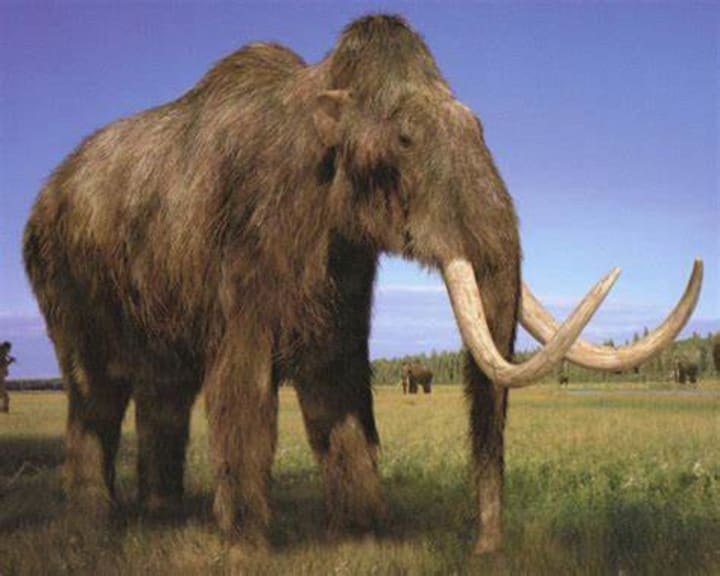
The woolly mammoth (Mammuthus primigenius) was a species of prehistoric elephant that lived during the Pleistocene epoch, approximately 4.8 million to 4,000 years ago. The woolly mammoth was adapted to life in the cold and snowy tundra regions of Europe, Asia, and North America, and was known for its thick, shaggy coat of fur and long, curved tusks.
Woolly mammoths were a common sight during the last ice age, when they roamed the grasslands and tundra regions of the northern hemisphere in herds. They were an important prey animal for early human hunters, who used their meat, fur, and bones for food, clothing, and tools.
Woolly mammoths were also adapted to survive in harsh environmental conditions, such as ice age glaciers and freezing temperatures. Their long, shaggy fur helped to insulate their bodies from the cold, while their large size and strength made them formidable opponents for predators such as saber-toothed cats.
The extinction of the woolly mammoth is believed to have been caused by a combination of factors, including climate change, hunting by early humans, and disease. As the ice age came to an end and the earth's climate began to warm, the woolly mammoth's habitat and food sources began to disappear, and the species went into decline.
The last known woolly mammoths are believed to have lived on Wrangel Island, off the coast of Siberia, around 4,000 years ago. However, there have been unconfirmed reports of sightings of woolly mammoths in remote regions of Siberia, leading some scientists to speculate that the species may still be alive.
Today, the woolly mammoth remains an important cultural and scientific symbol, and efforts are underway to study the species' genetics and potentially even bring the mammoth back to life through genetic engineering. The woolly mammoth serves as a reminder of the rich diversity of life that has existed on our planet, and the need to protect endangered species and their habitats.
About the Creator
Enjoyed the story? Support the Creator.
Subscribe for free to receive all their stories in your feed. You could also pledge your support or give them a one-off tip, letting them know you appreciate their work.


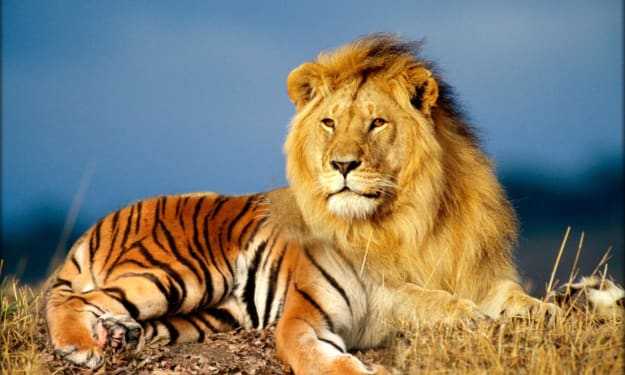



Comments
There are no comments for this story
Be the first to respond and start the conversation.